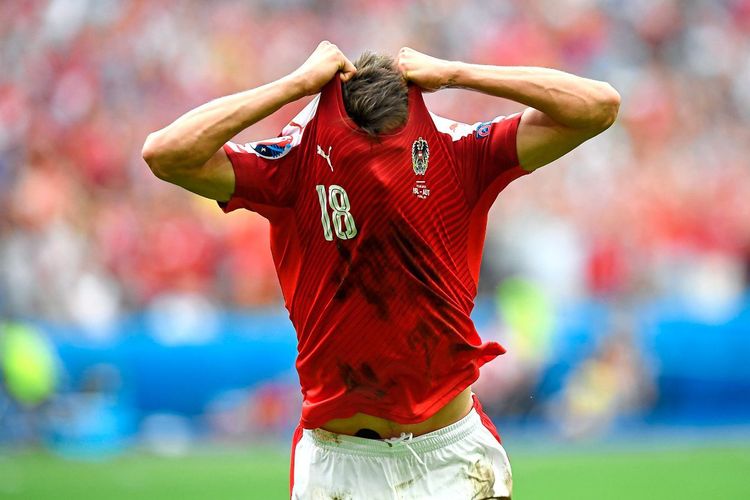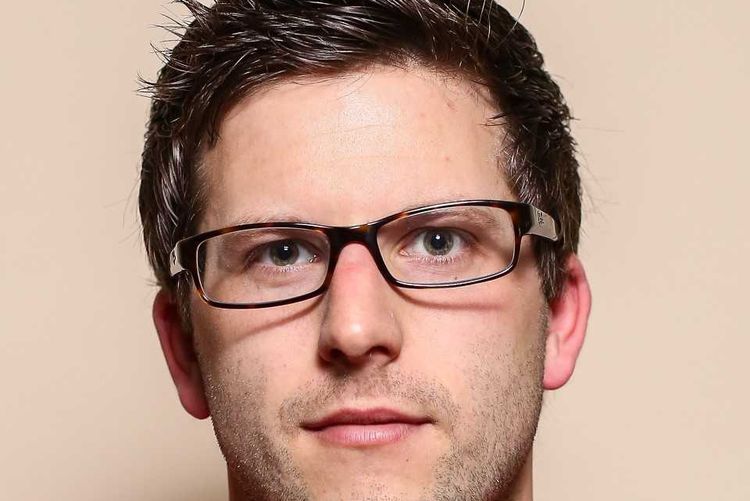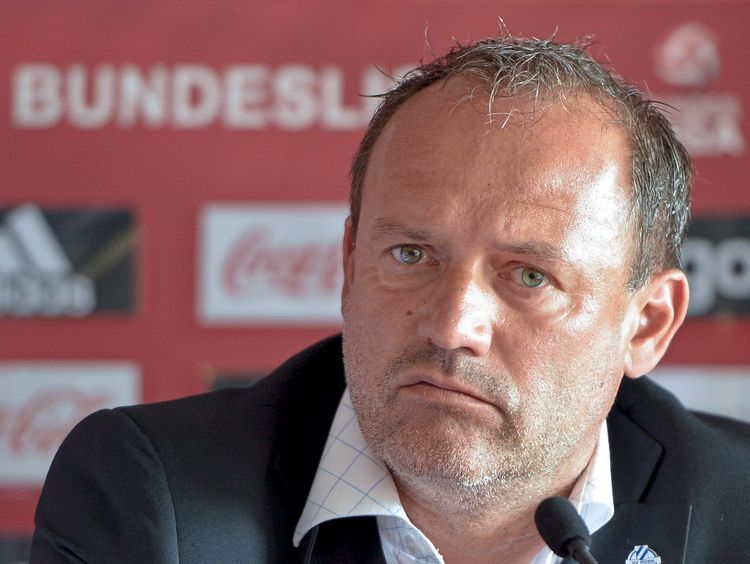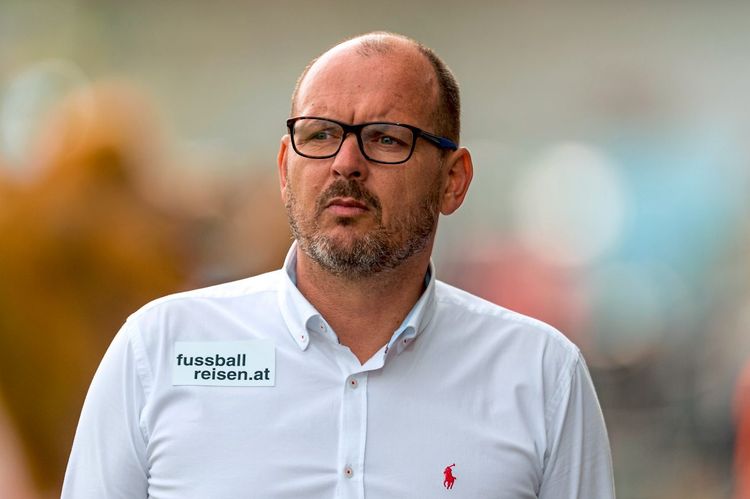Vienna – "This is a flaw in the system," says Martin Scherb with deep conviction. The under-16 team manager works regularly with talent. Not everyone can succeed on the path towards professional football. But the 49-year-old is furious about the fact that some fail simply due to their birthdays.
What sounds mysterious has a name: relative age effect (RAE). It is based on the fact that youth teams (U6 to U21) are classified according to cut-off dates. For instance, in the recent and successfully completed U21 European Championship qualifying campaign only those players that were born on or later than January 1st, 1996 were allowed to participate. These age groups contribute to the competition's balance.
The birth distribution in Austria is also balanced. Every month approximately the same number of babies, hence talents, are born. However, this is not reflected in the youth squads. "A RAE happens when, as a result of the reporting date deadline, there is an overrepresentation of athletes born near the cut-off date and this inequality differs from the birth distribution in the normal population", says sports scientist Christoph Gonaus from the IFFB (Interfaculty Department) for Sport and Movement Science from the University of Salzburg.

Late birth and late development
The STANDARD evaluation of the 108 nominees of the Austrian Football Federation (ÖFB) youth teams demonstrates this fact: the players born early in the year, i.e. relatively older ones, appear much more often in the squad than the late born. For example, the January-born in the U16 Selection are overrepresented by 11.7 percentage points over the distribution in the total population, and even by 16.7 percentage points in the U17 selection.
This may appear to be insignificant at first glance. Why would the eleven months between January and December make such a difference? Gonaus: "For a ten-year-old that’s ten percent of his life. It represents a huge gap in development and experience."
A physical disadvantage may exacerbate this because in addition to the chronological age, the biological age is also of importance. This indicates how far a boy's body has developed compared to his peers’. Here, too, a distinction can be made between boys with early (advanced) and late (delayed) development. In everyday life, neither is a reason to panic, because it is normal for some children to grow faster than others.

Vicious circle from LAZ to the academies
In high-performance sports, however, this gives way to a vicious circle: those that were born early or developed earlier are stronger and faster. They stand out more easily and are more often perceived as talents. The result: praise from all sides, from coaches and family. This boosts self-confidence and increases their performance. For this reason, the regional training centers (in German LAZ, responsible for those between the ages of 10 and 14) and later the academies are more likely to notice these children. "The small advantage of an early birthday gets them higher and higher," says Gonaus.
The same happens in the academies. The STANDARD survey of the 717 players from the highest training centers in the country shows an increase in those born early in the year in all three age groups from the ÖFB youth leagues (U15, U16 and U18).
Overall and in absolute terms, the advantage becomes even more obvious:
Willi Schuldes has been in charge of the Rapid Academy since 2015 and is aware of this challenge: "We try to evaluate the players’ prospects and not their current level of performance. It's difficult and it doesn't always work."
Current vs. future success
The pressure of the expectations in the background complicates the matter even further. When you look at the adults, the champion of record is always condemned to victory. For the younger generation, however, this is counterproductive up to a certain age. "If the U15 becomes champion, that's nice. Ultimately, though, it's about getting the most talented players into the main team. However, the public perceives only the results and not the development."

Of the 24 players in the U15 from Hütteldorf, 13 were born in the first quarter (January to March) of 2004. Thirty of the 69 young players from the Viennese survey came into the world either in January or February. This is the highest value among all academies, they all have in common a big surplus of those born early (first half of the year). It is a problem distributed all throughout the youth sector:
To identify the late birthdays, a look at the passport is sufficient. Those that develop later are harder to identify. This is why Rapid provides carpal X-rays for the U13 and U14 players. This investigates how their bones have grown in comparison to a reference group of peers. The current bone age can be determined on the basis of the growth plate and for late developers it ossifies later than in normal or early developers.
This method is reliable but expensive and can therefore only be used all through Austria to a limited extent, especially around the decisive tenth year of life. It is at this point when the first selection takes place for football, in the form of the LAZ. The Academies will later use mostly their talent pool but those late-born and late-developed will be underrepresented. The research lead by Gonaus and his team shows that 65 percent of the LAZ-U13 players were born during the first half of the year, compared to 64 percent in the LAZ-U14.
Technique vs. Muscular Mass
In order to consider the disadvantaged from the beginning, the teams would need, above all, the trained eye of a coach. All parties agree that this is the most important remedy. If a boy cannot keep up because he isn’t physically fit yet, a coach should recognize that. Even outside of the field: "Late-developers are more childlike for a longer time and they laugh without taking score about other things," says Scherb. "And then there are 15-year-olds with whom you would think that you can philosophize about everything under the sun."
On the field, though it’s the "Magic Moments" that enlighten the St. Pöltner's instincts: "Often a player in trouble gets the ball, and you think: there is a solution A or B for this. But then he turns around and unwraps a solution C that you didn't expect!"

The Barcelona success squad under Pep Guardiola had a lot of such types. Small, agile, with a built-in 360-degree radar. In their youth, such talents can only play out their abilities sporadically because of their physical deficits. Here, the physically stronger dominate, and in turn tend to rely too much on these qualities. In adulthood, this advantage is slippery. Size and muscular mass can be compensated, technique cannot. In addition, stragglers benefit from the fact that they had to prevail against tougher competition in the youth ranks.
The RAE is therefore usually lower in the professional sector, as demonstrated by a look at the deviation of the A-teams from the total population. In the squads from the Bundesliga, the January-born are only overrepresented by 1.9 percentage points. In the national selection they are even slightly underrepresented, with minus 0.6 percentage points.
Working on solutions
In order to not drop those children that are born or develop later in the critical phase and, in addition to the patience of the coaches, it is necessary to implement other solutions that are already well known. In June, Scherb and Gonaus initiated a spotting training exclusively for this group. "We wanted to show them that the ÖFB is looking at them. Ideally, you'd see players you can call-in for the next regular session," the coach said.
No sooner said than done – three late bloomers jumped into the official U16 team in September against Cyprus (2:3) and Germany (3:2). "Not because they are such nice boys, but because they are really good players." This nomination, in turn, has a positive impact on their placement in the academies.
The ÖFB regulations equally allow each team in the U16 and U18 league to play with three older late-developed boys. In addition, academies can create training groups according to their biological age. Among equally developed comrades, late-developed can build self-confidence and leadership qualities.
The way is the goal
Some estimates that need to be considered with caution state that the excesses due to the RAE mean 40 to 50 percent of potential talents disappear from the radar. "It's important to encourage as many players as possible for as long as possible as well as to create opportunities for talented individuals that do not make it through the first (early) selection to be able to enter the support system "transversely" at a later stage", says Gonaus.
Scherb agrees: "You can't be naïve either, and you cannot play with 11 late-born kids in the youth leagues. It all depends on the right mix, but if each year brings at least two or three fine late-developed football players to the top, we are on right track, because they often make all the difference" (Andreas Gstaltmeyr, Michael Matzenberger, 26.11.2018)